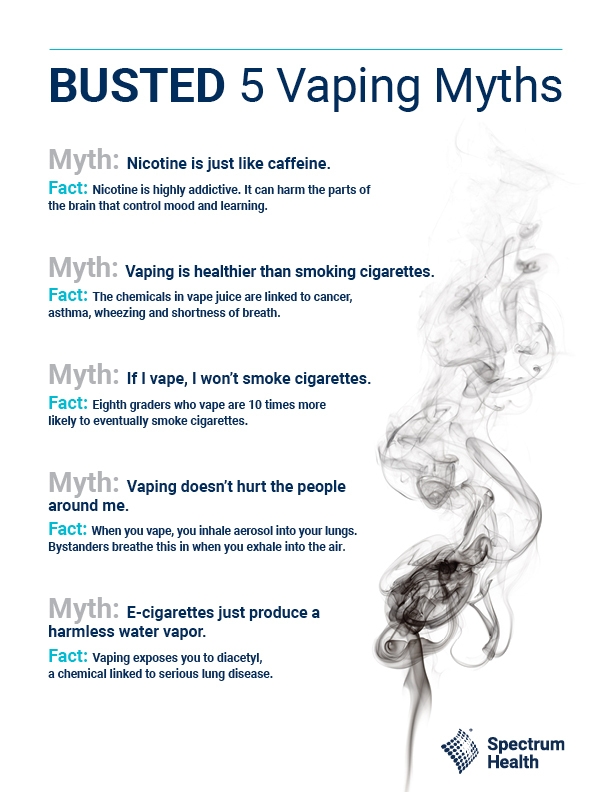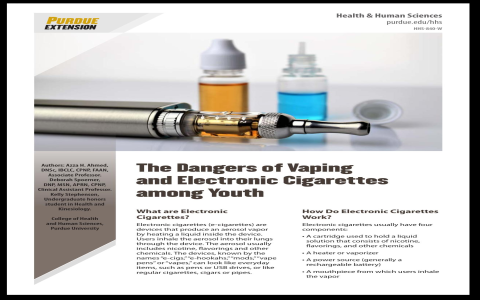Electronic cigarettes (e-cigarettes) are often marketed as safer alternatives to smoking, but scientific evidence reveals significant health risks. Below, we expose the truth behind five widespread myths.
Myth 1: E-cigarettes produce only harmless water vapor.
This is false. E-cigarettes generate aerosols containing ultrafine particles, volatile organic compounds, and heavy metals like lead. These substances can cause lung irritation and cardiovascular harm, as documented in studies by the CDC.

Myth 2: Vaping liquids contain no nicotine or toxic chemicals.
Misleading. Most e-liquids include nicotine, which is highly addictive, along with carcinogens like formaldehyde and acetaldehyde. Testing shows these chemicals can damage DNA and increase cancer risk over time.
Myth 3: E-cigarettes are a safe and effective way to quit smoking.
Evidence contradicts this. While some smokers use e-cigarettes for cessation, the FDA notes they lack consistent long-term success and can lead to dual use with traditional cigarettes. Nicotine dependence often persists, and vaping itself introduces new health threats like EVALI (e-cigarette or vaping use-associated lung injury).
Myth 4: Vaping doesn’t cause addiction.
Unfounded. Nicotine in e-cigarettes alters brain chemistry rapidly, particularly in youth, leading to strong dependence. Research from the WHO confirms withdrawal symptoms and compulsive use patterns, mirroring tobacco addiction.
Myth 5: There is no proven link between e-cigarettes and serious health diseases.
False. Multiple studies associate vaping with increased risks of respiratory illnesses, heart disease, and asthma exacerbations. For instance, a 2019 outbreak of severe lung injuries highlighted acute dangers, emphasizing that e-cigarettes are not risk-free.








